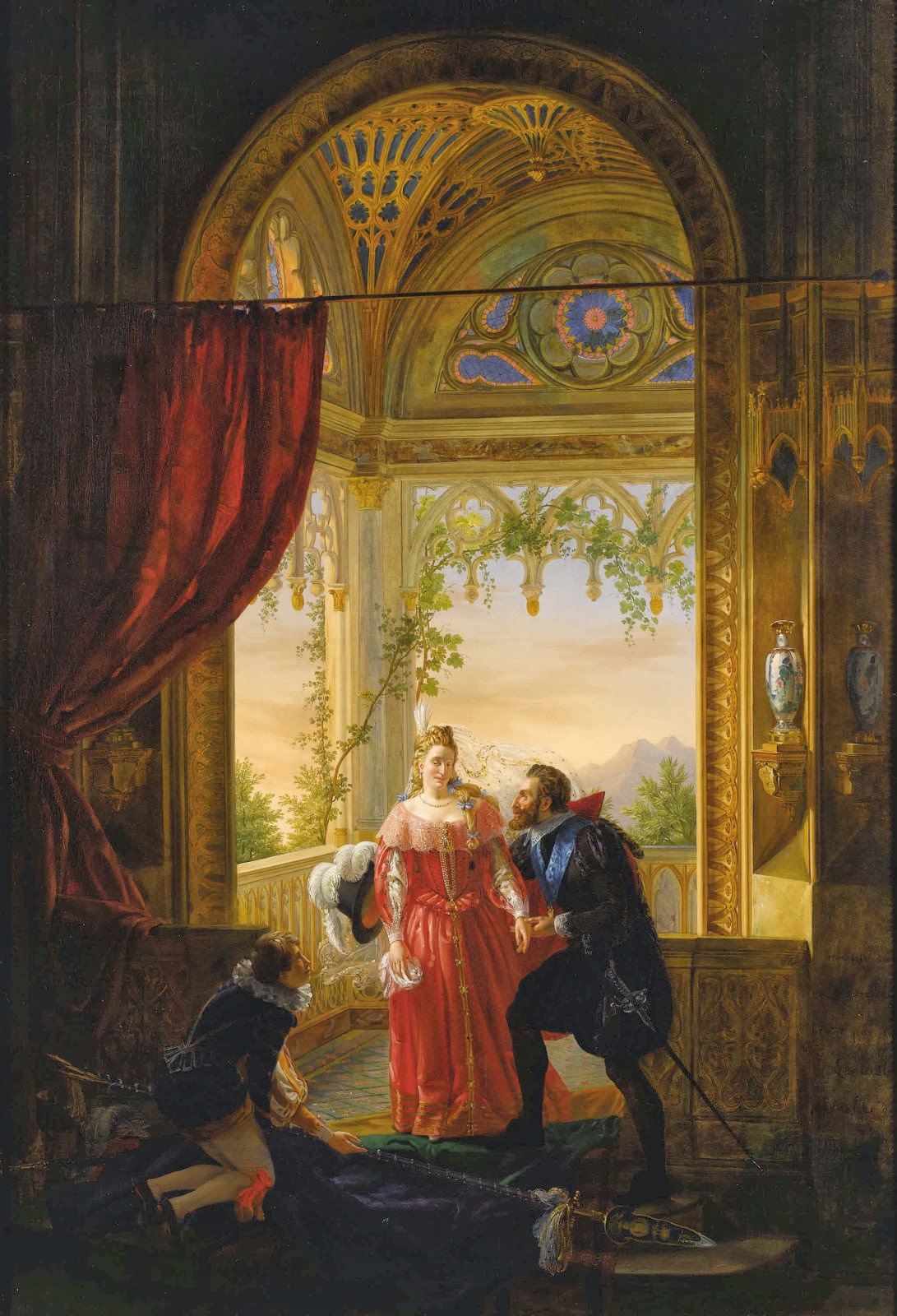Eugène Delacroix: Orphan Girl at the Cemetery
This painting, an early work by Delacroix, was long thought to be a preparatory piece for the Massacre at Chios. Even before reading the title, it is clear that an air of sadness emanates from the picture.
Note how clear and precise the outlines are. The young girl is sharply defined against the less precise background of the sky and the deserted cemetery. Note how Delacroix has subtly conveyed signs of the girl’s grief – the tears welling up in her dark-ringed eyes, the half-open mouth, the way her gown has slipped off her shoulder, her hand lying dully on her thigh. Observe the play of shadows on her nape and neck and the darker shade to the right of the figure. The cold, dull colors of her clothing and the landscape echo the overall atmosphere of despair.
Take a close look at the beautifully delicate lines of the girl’s face and neck and the light touch of fabric which heighten the impression of solitude.
What can the orphan be gazing at, beyond the frame? [
Louvre]

.jpg)





.jpg)








.jpg)










